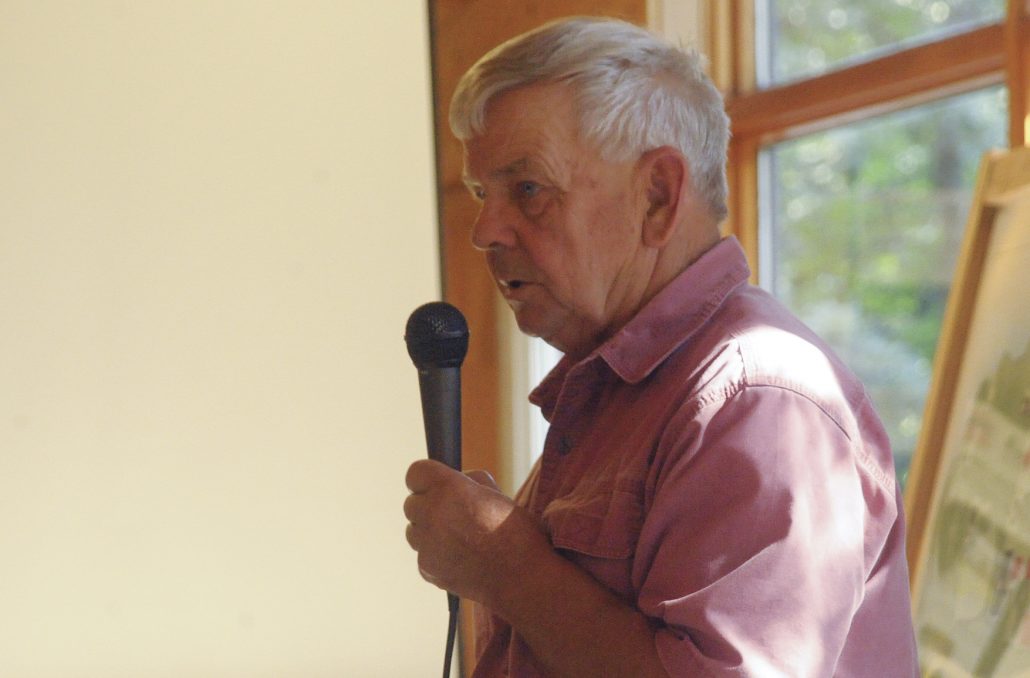
By Seth Schmidt
Flooded basements, impassible roads, submerged docks, overloaded sewage connections, floating boat lifts and disappearing shorelines were all-too-common for Shetek area residents, after 5 to 8.5” of rain inundated its watershed on July 3.
The deluge was the worst of several high-water events to strike the Shetek area over the past decade.
Saturday, two-dozen lake residents who gathered at Shetek Lutheran Ministries resolved to reduce future flood risks, and organize a new Shetek-Sarah Area Lakes Association.
“We have to take action to protect the lake” organizer Lars Johansson said, to prevent excessive amounts of run-off from entering the lake.
The future of Lake Shetek is at stake, Johansson feels.
Late 19th and early 20th century reports, he said describe a clear Lake Shetek that was 20-feet deep. Today Shetek’s deepest spot is 13 feet, he said, with an average depth of 10 feet due to the on-going erosion of shoreline and silt-laden run-off entering the lake.
“In 50 or 75 years, the kids are going to play with four-wheelers here instead of boats,” he said.
Reducing volumes of water coming into the lake after a rapid snowmelt or large rain event, is crucial to preserving the qualities that have made Shetek so popular, Johansson said.
This July, excess run-off from the Beaver Creek watershed was a major contributor to Shetek’s flooded shoreline, Johansson said. Water from Beaver Creek entering the Des Moines River actually caused water to back up at the river’s headwaters at the Currie dam. The Currie bridge over County Road 34, created a bottleneck of the river’s natural flow to the southeast, he felt.
A series of new water retention and dry dam structures along Beaver Creek, Johansson said, could greatly reduce this excessive inflow of water into the lake. Such steps could involve existing conservation programs, such as CREP and RIM that provide financial incentives for farmers, Johansson, and wouldn’t need to involve highly productive farmland.
Johansson felt that the Shetek area can benefit from the type of water retention and flood control efforts that have been successful in the Marshall area. Over roughly 45 years, Johansson said that over 90 structures have been constructed to allow run-off to temporarily collect in “pastoral areas.”
For more on this article, see this week’s Headlight-Herald.
